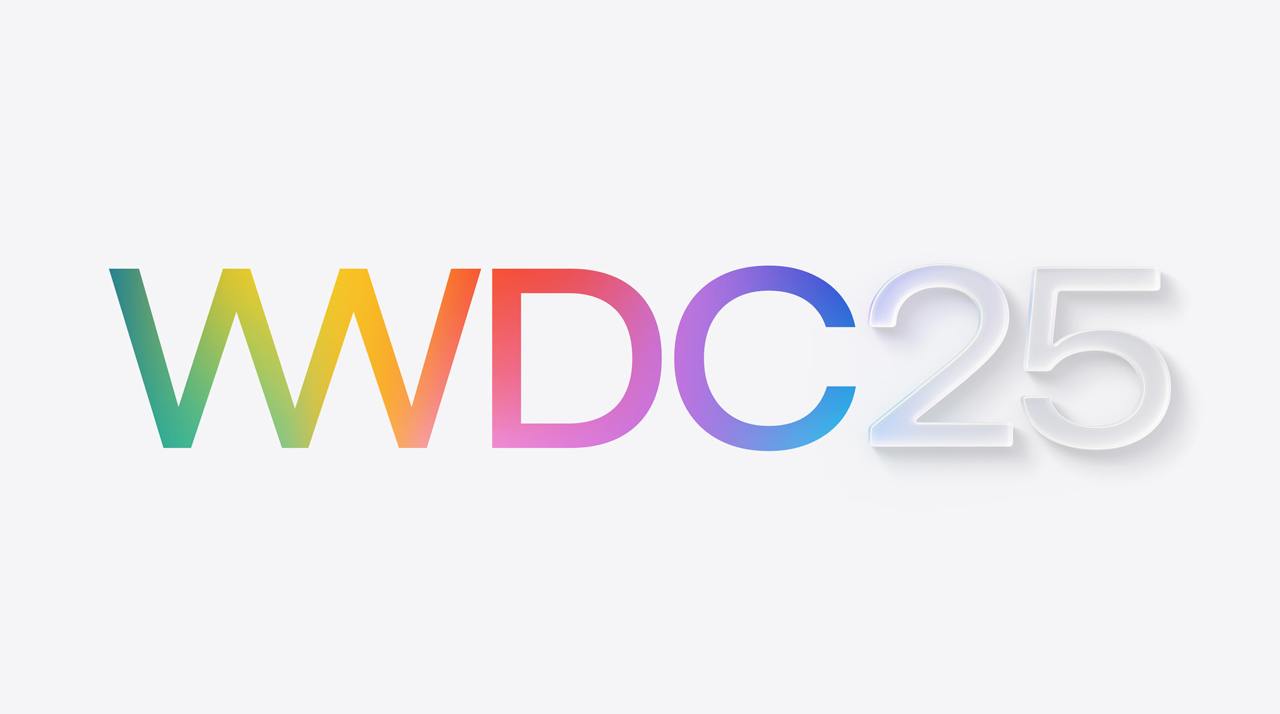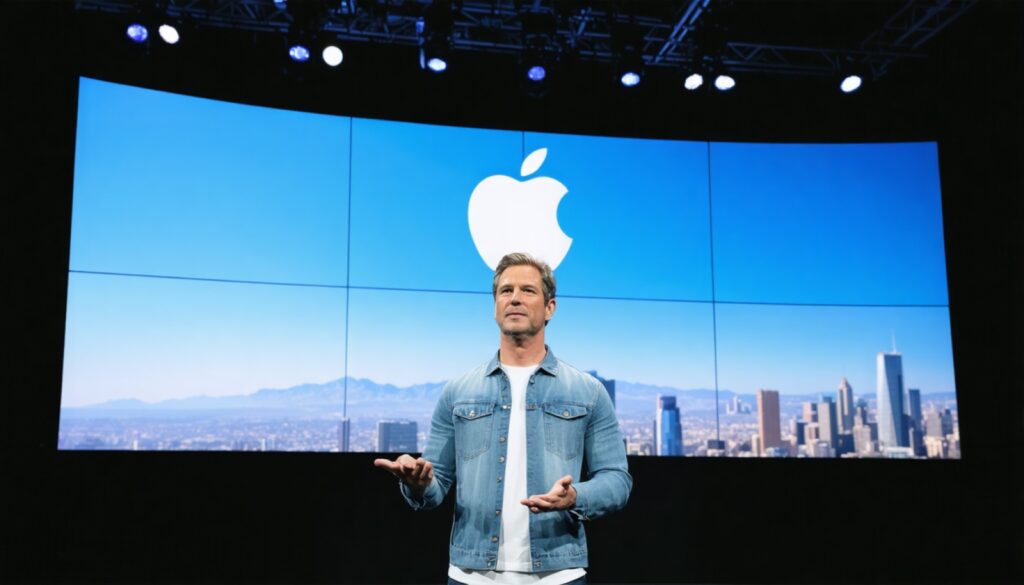In a groundbreaking move, former U.S. President Donald Trump signed a new Executive Order on April 24, 2025, that mandates artificial intelligence (AI) education to be integrated across all K–12 schools. The order aims to prepare American youth for an AI-driven future by ensuring that students begin learning about AI concepts from the earliest stages of their education, continuing through middle and high school.

Under the directive, U.S. schools will be developing AI-focused curriculum and providing teachers with training to incorporate AI learning into everyday lessons. The goal is clear: equip the next generation with a deep understanding of AI, from its foundations to its applications, ensuring that American students are not just consumers of technology but future leaders in innovation.
The Executive Order tasks key agencies, including the Department of Education and the National Science Foundation, to work alongside private-sector partners to create accessible AI resources, online learning platforms, and professional development programs for teachers. It also emphasizes equity and access, ensuring that students across all communities—urban, rural, and underserved—can benefit from AI education.

This national policy reflects a larger trend around the world: AI literacy is no longer optional. It’s a critical life skill for future careers in technology, business, healthcare, creativity, engineering, and beyond.
Why Malaysia Needs to Take Swift Action
As the United States accelerates AI education from kindergarten onwards, Malaysia faces a pivotal choice. Will we lead or lag behind?

If Malaysian children are not introduced to AI early, we risk creating a knowledge gap that could widen over time, affecting future economic competitiveness, job readiness, and national innovation capacity. Today’s global economy is increasingly driven by AI-powered industries—from logistics to medicine to design—and early exposure to AI concepts will be the key to preparing a future-ready Malaysian workforce.
Malaysia must act now to:
- Integrate AI fundamentals into national school curriculums.
- Train teachers in AI literacy and project-based learning approaches.
- Foster curiosity, critical thinking, and responsible innovation among Malaysian students from a young age.
- Ensure inclusivity by making AI education accessible to all students, regardless of background.
School of Codes: Leading the Way for Malaysia’s Future Innovators
At School of Codes, we are committed to being at the forefront of this transformation.

We believe AI is not just for university students or tech professionals—it’s for everyone, starting from the foundational years. Our mission aligns perfectly with this global movement: to equip young Malaysians with the tools, mindsets, and skills they need to thrive in a digital, AI-empowered world.
Through our bootcamps, industry immersion programs, and upcoming youth-focused initiatives, School of Codes is prepared to:
• Introduce age-appropriate AI concepts to school-aged children, making learning fun, interactive, and impactful.
• Provide specialized AI teacher training workshops to equip Malaysian educators with the knowledge to teach future-ready skills.
• Partner with schools, government bodies, and communities to ensure AI education reaches every corner of Malaysia.
Malaysia’s future belongs to those who are ready to shape it — and it starts today, not tomorrow.
At School of Codes, we are ready to make AI literacy a reality for the next generation. Are you ready to join us?
Follow us on [Telegram] and [School of Codes Blog] for more updates and insights on how we’re building the future, one young coder and innovator at a time.






